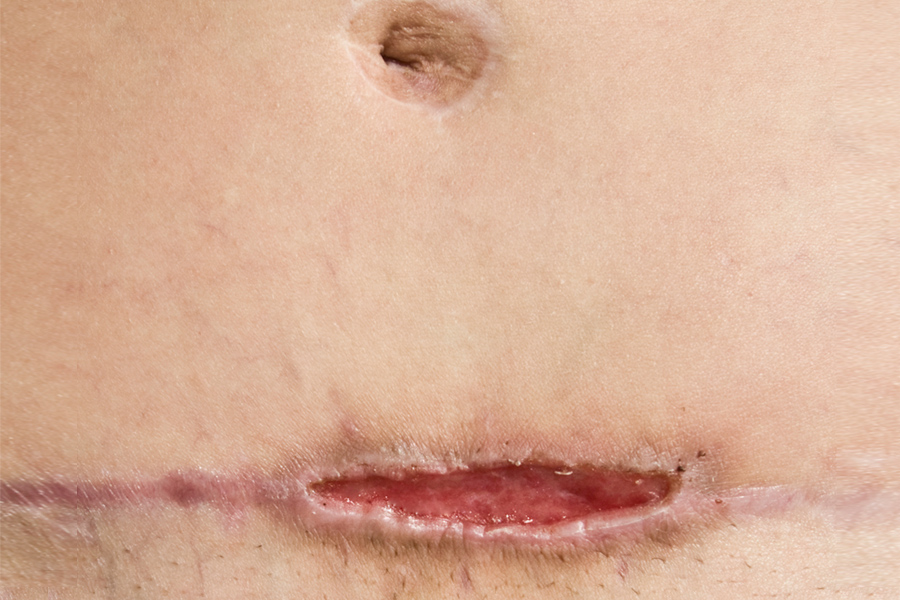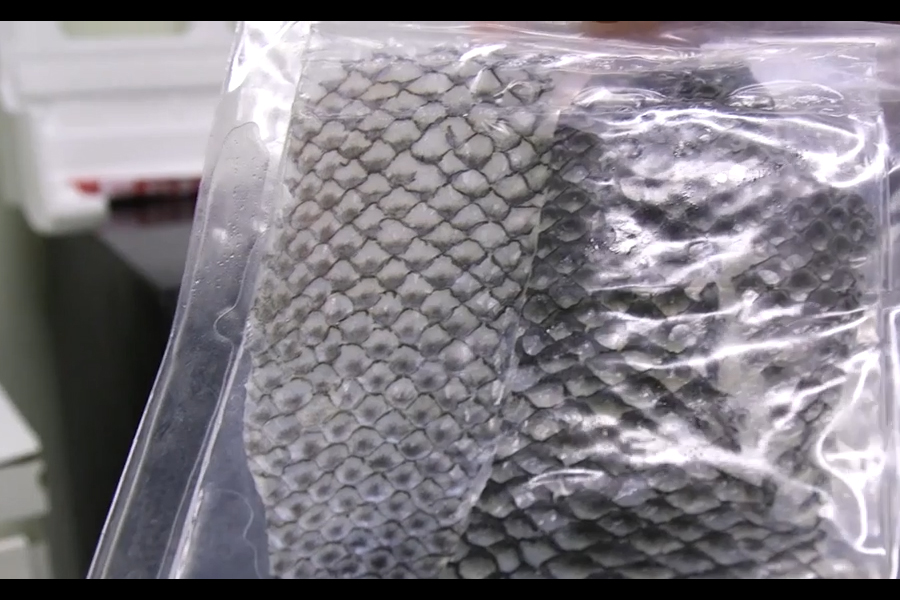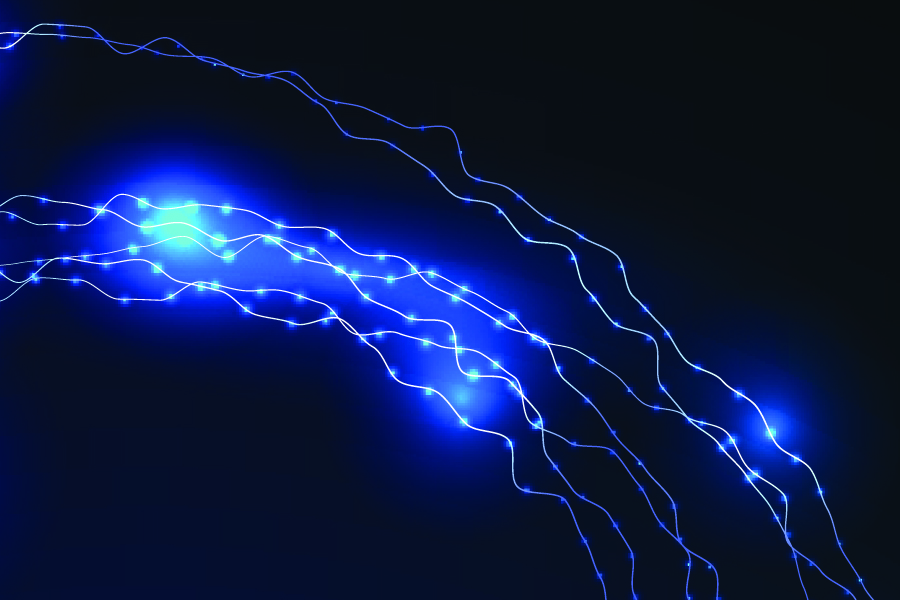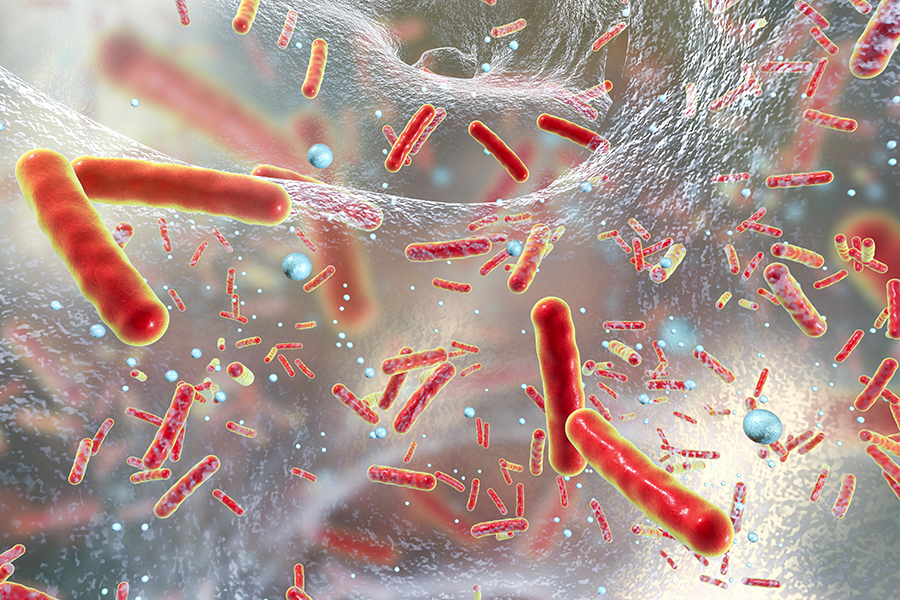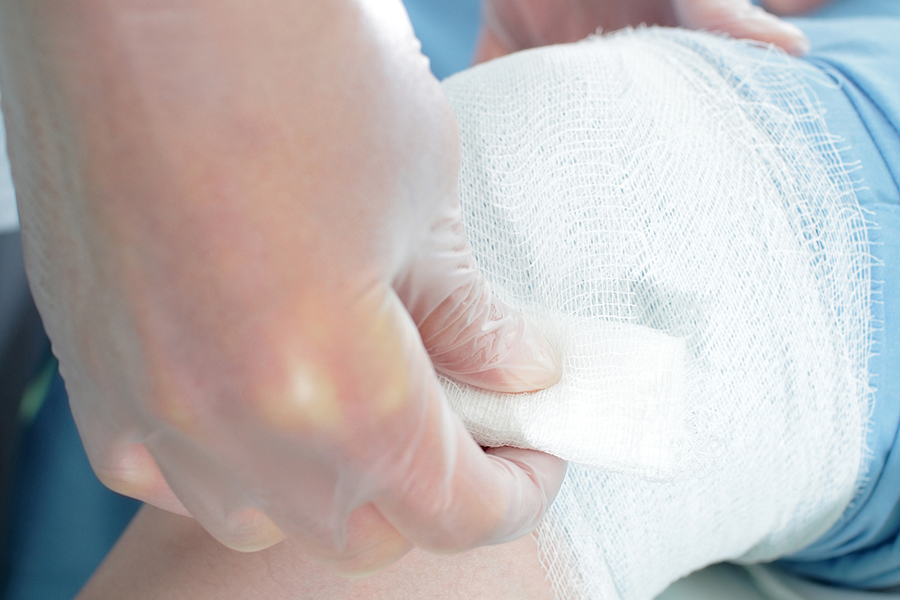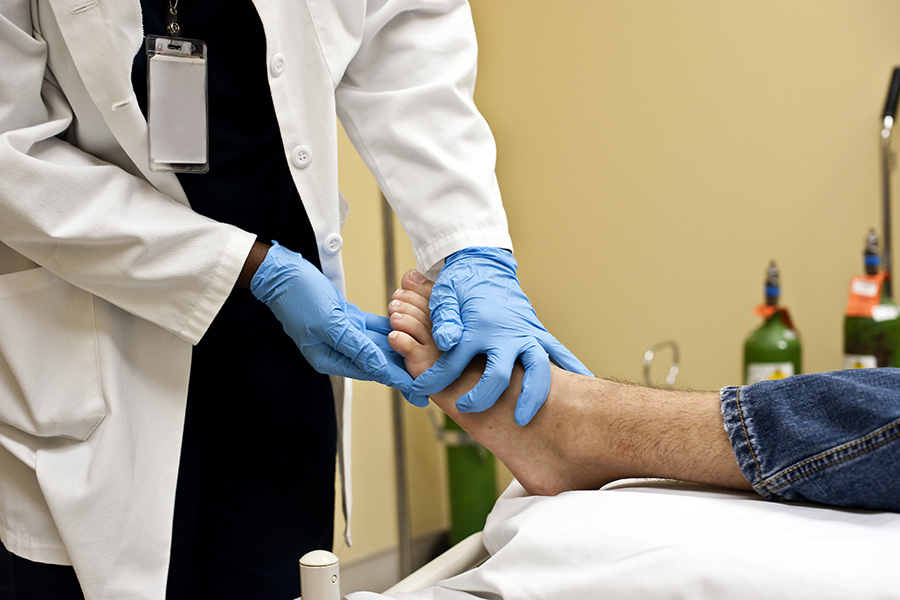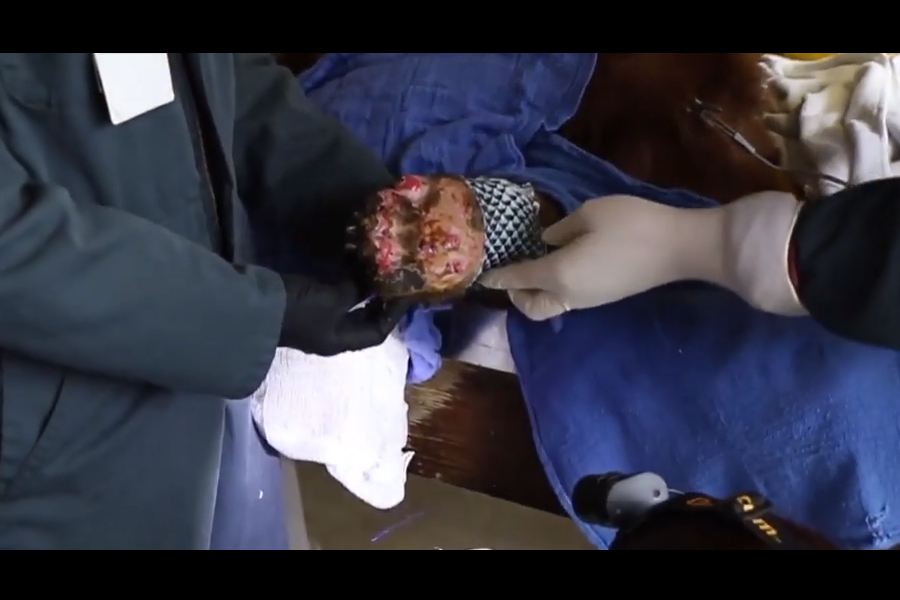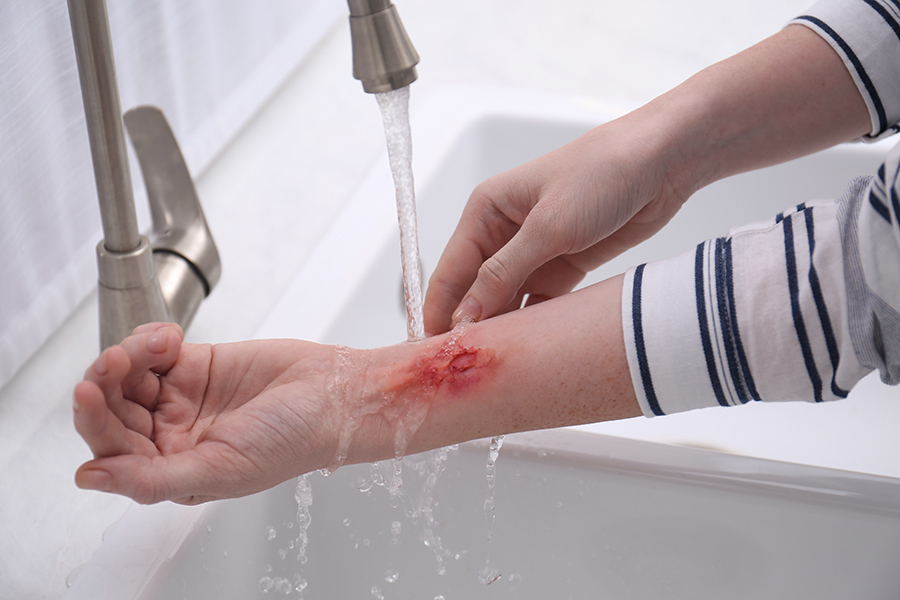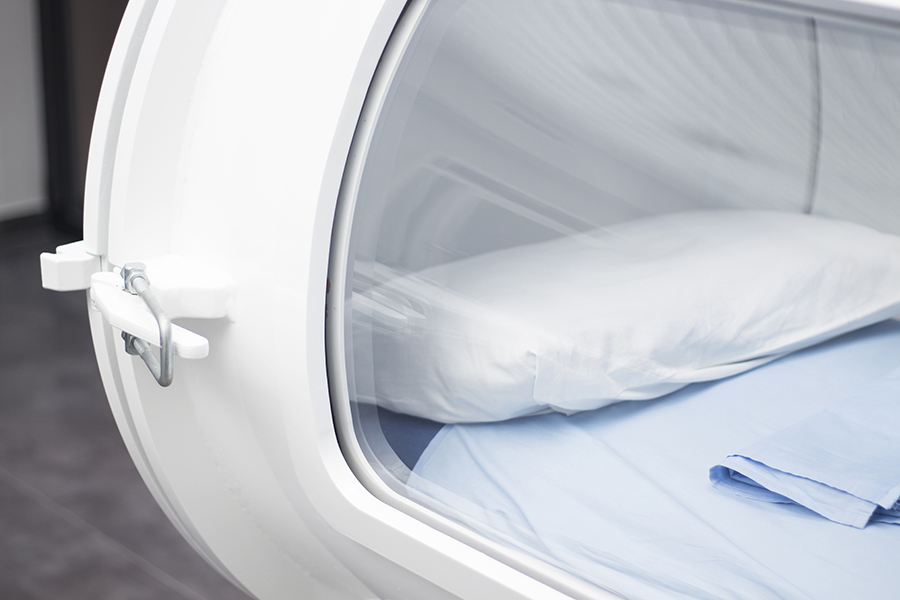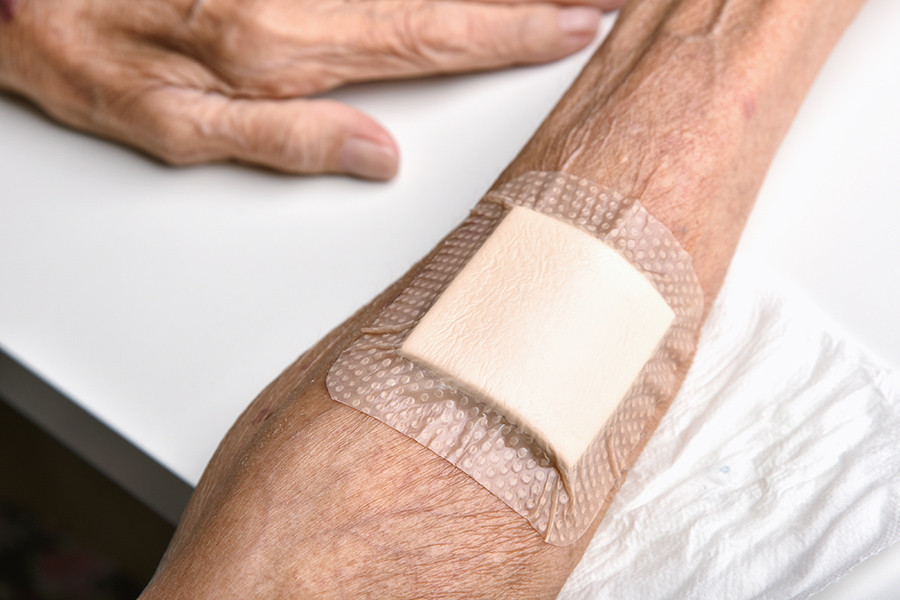Why Did My Surgical Incision Re-open?
Wound dehiscence is a surgery complication where the incision, a cut made during a surgical procedure, reopens. Wound dehiscence can be either partial or complete. With partial dehiscence, the surface edges of an incision pull apart in one or more areas. Complete dehiscence is when the entire surgical cut reopens through all layers of skin and muscle. Any wound dehiscence requires immediate attention by a healthcare professional.
Wound dehiscence is most common after abdominal surgery. It most often occurs within 3 to 10 days after a surgery, during the early stages of healing, although it has been known to occur weeks or even months later. Symptoms may include:
- Surgical site pain
- Fever
- Redness at the incision site
- Swelling
- Bleeding
- Broken stitches
- A gap where the incision used to meet
- Drainage
Causes of Wound Dehiscence
To understand why wounds dehisce, it’s important to understand the phases of wound healing.
Phase 1: Hemostasis Phase
Hemostasis is the first phase of healing, or the coagulation phase – when the body’s objective is to stop the bleeding. In this phase, the body activates its emergency repair system (blood clotting) and forms a dam to block the drainage. During this process, platelets come into contact with collagen, resulting in activation and aggregation. An enzyme called thrombin is at the center, and it initiates the formation of a fibrin mesh, which strengthens the platelet clumps into a stable clot.
Phase 2: Defensive/Inflammatory Phase
The second phase of wound healing is the Defensive/Inflammatory Phase. At this point the body focuses on destroying bacteria and removing debris, which prepares the wound bed for the growth of new tissue.
During Phase 2, a type of white blood cells called neutrophils enter the wound to destroy bacteria and remove debris. These cells often reach their peak population between 24 and 48 hours after injury, reducing greatly in number after three days. As the white blood cells leave, specialized cells called macrophages arrive to continue clearing debris. These cells also secrete growth factors and proteins that attract immune system cells to the wound to facilitate tissue repair. This phase often lasts four to six days and is often associated with edema, erythema (reddening of the skin), heat and pain.
Phase 3: Proliferative Phase
Once the wound is cleaned out, the wound enters Phase 3: the Proliferative Phase. In this phase, the body’s focus is to fill and cover the wound.
The Proliferative phase features three distinct stages: 1) filling the wound; 2) contraction of the wound margins; and 3) covering the wound (epithelialization).
In the first stage of the Proliferative Phase, shiny, deep red granulation tissue fills the wound bed with connective tissue and new blood vessels are formed. In the second stage of the Proliferative Phase, the wound margins contract and pull toward the center of the wound. In the third stage of the Proliferative Phase, epithelial cells lift from the wound bed or margins and migrate across the wound bed in leapfrog fashion until the wound is covered with epithelium. The entire Proliferative phase often lasts anywhere from four to 24 days.
Phase 4: Maturation Phase
During the Maturation phase, the new tissue slowly gains strength and flexibility. Here, collagen fibers reorganize, the tissue remodels and matures and there is an overall increase in tensile strength (note: maximum scar tissue strength is only 80% of the tissue’s pre-injured strength). The Maturation phase varies greatly from wound to wound, often lasting anywhere from 21 days to two years.
What Happens in the Body During Wound Dehiscence
The healing process is remarkable and complex. It is also susceptible to interruption due to local and systemic factors. Reasons a wound might dehisce include:
- Infection
- Pressure, shear, or stress on the incision site
- Decreased blood flow
- Poor suture technique or early removal
- Moisture balance of the wound bed/wound dressings
- Age
- Nutritional status (wounds require higher levels of some nutrients to heal quickly)
- Medications
- Systemic issues
When a wound is infected, healing cannot move past Phase 2: the Inflammatory Phase. The body continues to focus on clearing bacteria from the area, instead of moving on to the “filling and covering” phase. Infection also limits the number of fibroblast cells that are able to move to the area. Any repair tissue that is able to develop will be weak and fragile and more susceptible to rupture.
Good blood flow is also critical for the transport of oxygen and healing cells to the wound and to clear away bacteria and dead cells. Anything that decreases blood flow puts you at a higher risk of wound breakdown. This includes smoking, and conditions such as diabetes, obesity, and heart disease.
Treatment for Wound Dehiscence
Even minor wound dehiscence requires immediate treatment to prevent further deterioration. An open wound is easily infected, and infection can lead to further separation. Complete wound dehiscence is a medical emergency and should be addressed by a healthcare professional immediately.
Possible treatment options include:
- Pain management. Doctors may prescribe medication for pain management. Depending on the cause of the dehiscence, they may prescribe or advise use of a different kind of dressing, or change home wound care instructions to reduce pain.
- Antibiotics. If there is an infection or high risk of infection because of the open wound, doctors may prescribe antibiotics.
- Removal of dead tissue. Dead or damaged cells can keep the wound from healing properly and increase risk of infection. Dead tissue may need to be debrided by a healthcare professional before the wound can be re-closed. If there is a lot of dead tissue and the wound separation is deep, further surgery may be required to remove it.
- Fluid removal/drainage. If the wound breakdown was caused by blood or pus collecting under the sutured area, doctors may put in a small plastic tube to drain the fluid.
- Wound re-closure. If the dehiscence requires mechanical closure, your doctor may re-suture or glue the wound. If the dehiscence is complete, additional surgery may be needed to repair the wound.
- Negative pressure wound therapy (wound vac). Negative pressure wound therapy (NPWT) is used to treat wounds that are not healing well, especially if there is a lot of fluid draining from the wound. It can help prevent infection, increase blood flow, remove extra fluid, and encourage the growth of new tissue. The wound is covered with a special dressing that has a small opening. A tube is attached to this opening and hooked up to a pump. When the pump is turned on, it gently draws fluid and infection out of the wound.
- Modify/Reduce risk factors. Depending on the cause of the separation, doctors will focus on reducing the risk factors that helped cause the wound separation. For instance, if diabetes contributed to the wound dehiscence by reducing blood flow, treatment may include getting blood sugar levels under control.
If you believe you are experiencing wound dehiscence, contact your doctor immediately. For more information about wound dehiscence, speak to a healthcare professional.
Sources include:






